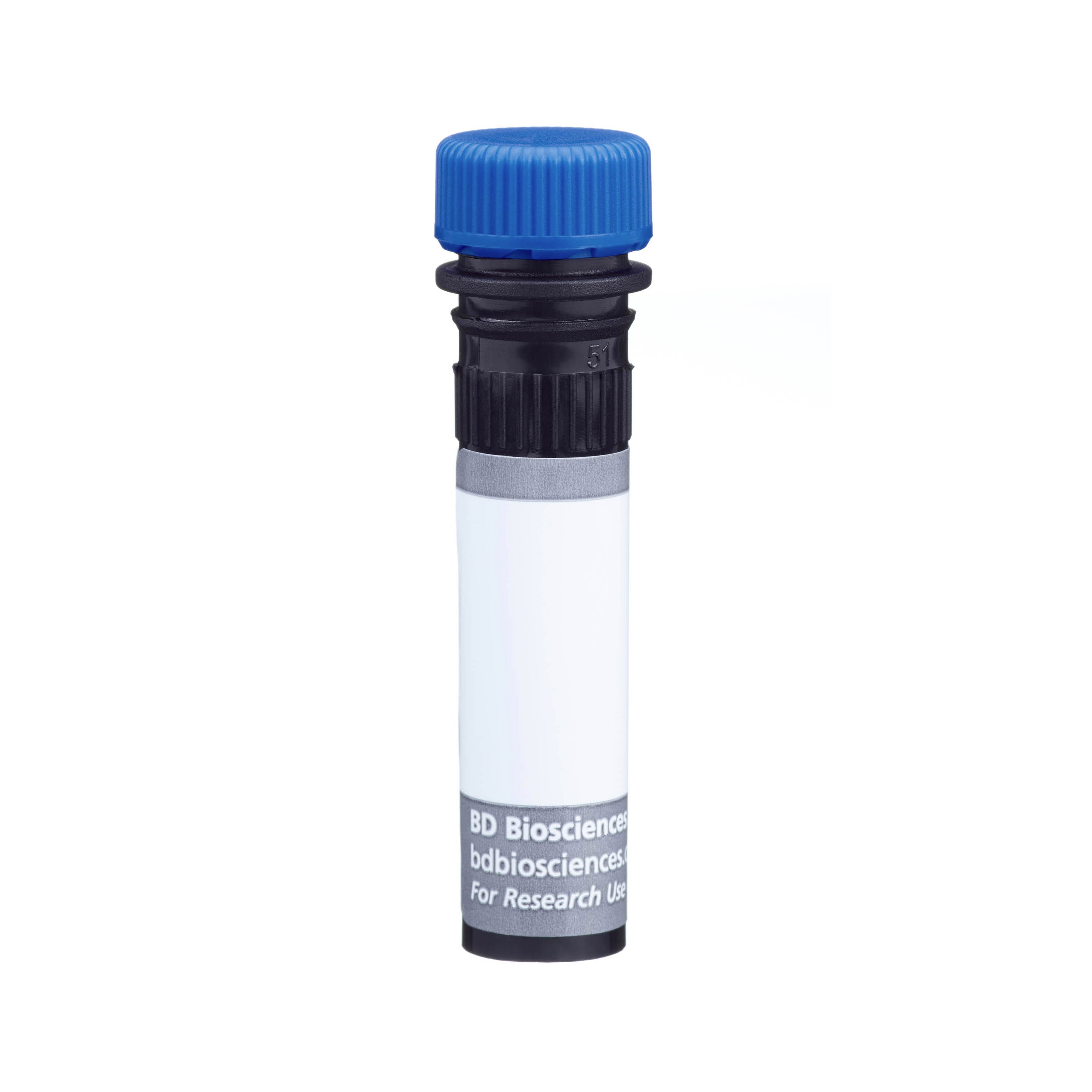The 7H11 monoclonal antibody specifically recognizes mouse CD370 which is also known as DNGR-1 (Dendritic cell natural killer lectin group receptor 1). CD370 is an ~27 kDa single-pass type II transmembrane glycoprotein that is encoded by Clec9A (C-type lectin domain family member 9A) which belongs to the C-type lectin superfamily. CD370 (Clec9a) is selectively expressed as a disulfide-linked homodimer on plasmacytoid dendritic cells and CD8+ myeloid dendritic cells. This receptor is comprised of an extracellular region that contains a C-type lectin domain with a single carbohydrate recognition domain (CRD), followed by a transmembrane segment and a cytoplasmic tail with an immunoreceptor tyrosine-based activation motif (ITAM). CD370 (Clec9a) acts as a damage-associated molecular pattern receptor, ie, an endocytic receptor for damage-associated molecular patterns (DAMPs) that are expressed by necrotic cells, eg, cells dying due to infection or transformation. This receptor binds by its extracellular domain to exposed F-actin-myosin complexes of dead cells. Intracellular signaling mediated through ligand-bound CD370 (Clec9a) leads to phosphorylation of Syk tyrosine kinase. Further downstream signaling can foster MHC Class I-mediated cross-presentation of dead-cell associated antigens by dendritic cells to CD8+ T cells.
The antibody was conjugated to BD Horizon™ BUV496 which is part of the BD Horizon Brilliant™ Ultraviolet family of dyes. This dye is a tandem fluorochrome of BD Horizon BUV395 with an Ex Max of 348-nm and an acceptor dye with an Em Max at 496-nm. BD Horizon BUV496 can be excited by the ultraviolet laser (355 nm) and detected with a 515/30 nm filter with a 450LP. Due to the excitation of the acceptor dye by other laser lines, there may be significant spillover into the channel detecting BD Horizon V500 or BV510 (eg, 525/40-nm filter). However, the spillover can be corrected through compensation as with any other dye combination.





